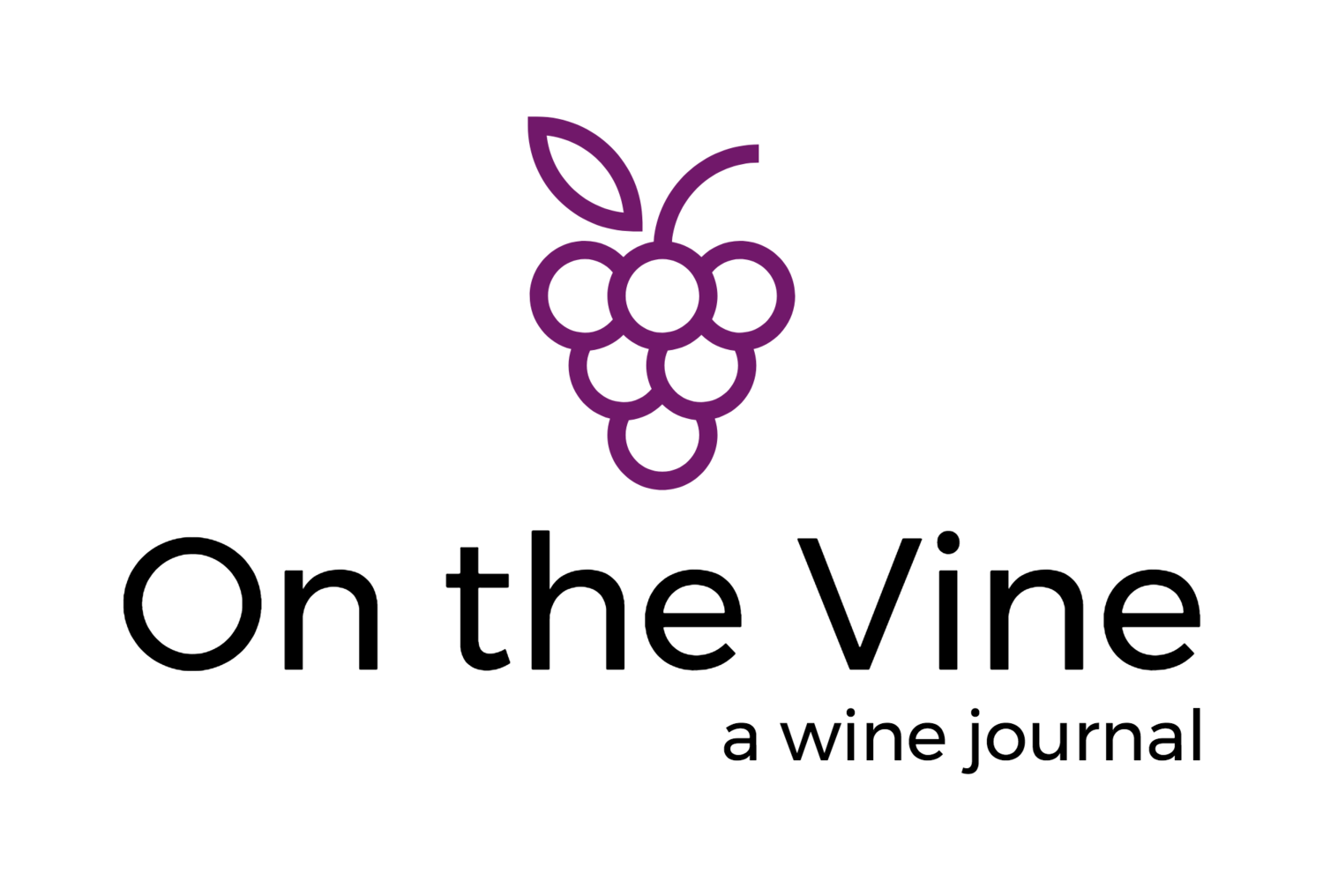Harvest Fresh
/2017!?!?! Isn't it a bit early???
A dear friend turned 60 years old this week and so I found myself in the greeting card aisle. One well-represented sub-genre among the birthday cards are those with some version of “you are like wine – getting better with age.” Well made wine that has evolved over time to take on new flavors and complexity is the holy grail of wine lovers. But a flight of “nouveau California” wines offered last week at Everson Royce wine shop in Pasadena made me think about the aging of wine in a new way.
The French word “nouveau” (new) is usually attached to the appellation Beaujolais in the world of wine. Beaujolais Nouveau is a widely available wine made from Gamay grapes that are quickly fermented after the fall harvest and immediately bottled and released (traditionally) on the third Thursday in November (rather than aged at the winery and released a year or two later). The result is a light, juicy and easy-to-drink wine that Jancis Robinson says “provides the yardstick for all the world’s attempts to put red refreshment into a bottle…” (Oxford Companion to Wine). But it is only the French version of harvest wine – the first wine of the harvest. Austria’s jungwein and Italy’s vino novello and vino joven in Spain are examples of this centuries-old tradition. All of this is the inspiration for some recent California wines.
The rapid timing of nouveau wine production means there is very little manipulation in the winery: whole cluster carbonic maceration, few or no additives, no filtering and lower alcohol levels. The result is reasonably priced table wine that is meant to be enjoyed young. All this fits nicely with the currently popular style of wine that Jon Bonné has dubbed “The New California Wine.” It also fits nicely with California’s “field to table” cuisine and a keen interest in the origins of the food we eat. But it may not be so new after all. California had an earlier foray with “fresh wine” in the 1970’s and 1980’s using Zinfandel produced at places like Phelps and Ridge!
As in France, Gamay grapes are used for some of these California wines. But there are other varietals as well. All are best served chilled, or at least on the cool side. Here is what I tasted last week:
Broc Cellars “Got Grapes” 2017 / Solano County / $25
A blend of Valdiguié (a.k.a. “Napa Gamay”) and Chenin Blanc from a region that is one of the lesser-known neighbors of Napa and Sonoma. Color is light salmon, similar to many rosés. Red fruit, raspberry and earth on the nose and palate. Just a hint of tannin at the end that provided a slightly bitter finish. Quoted in an article about nouveau wine, winemaker Chris Brockway says, “The intent is not serious wine. With this nouveau stuff, it’s just supposed to be young, fresh, delicious.” ABV unknown.
Scribe “Nouveau” of Pinot Noir, 2017 / Carneros / $32
Scribe began experimenting with this style of wine in 2014. This has a similar appearance to the Broc blend, but with strawberry and red fruit aromatics just bursting from the glass. The wine is juicy on the palate with a very dry finish. According to their website, this Sonoma winery is donating the proceeds from the sale of this wine to a local fire relief fund. 12% ABV
Lo-Fi “Fresh” Clos Mullet 2017 / Santa Barbara / $23
This is made from Gamay grown near Los Alamos (Clos Mullet is the vineyard name). The wine has a darker garnet color than the two preceding it. The nose adds a note of gaminess to the dominant red fruit. That red fruit is joined by a bit of green bell pepper on the palate followed by a straightforward, consistent finish. Lo-Fi is a Santa Barbara county winery run by long-time friends Mike Roth and Craig Winchester. Their philosophy sums up all of these wines: “We embrace a nothing added, nothing taken away philosophy that gives birth to wines that are young, vibrant and alive… It is not over manipulated. It is not over extracted. It is not over ripe and it is not over priced.” 12.5% ABV
Pence Ranch Gamay Nouveau Sans Soufre 2017 / Sta. Rita Hills / $19
Deep ruby color and deep red – almost blackberry – fruit on the nose. Even higher acidity than the rest of the flight and medium body, but still exhibiting a juicy mouth feel. This was my favorite of the flight (a couple bottles found their way to our house). According to Everson Royce, this was bottled two days before we tasted it. The Gamay grapes grew alongside some of our region’s best Pinot Noir and the winemaker was Sashi Moorman of Stolpman Vineyards (and others!). Sans soufre = without sulfur. 48 cases made. 13% ABV.
Why seek out these wines? Like most dry rosés (a popular category right now), they have good acidity, which makes me think they would be great additions to the Thanksgiving table this month. Certainly, their association with harvest makes them worthy candidates. They offer us a chance to experience wine in the humble role that it has played in the lives of generations of people who did not have the luxury of cellaring and aging premium cuvées. They also offer a glimpse into the life of a winemaker. I was struck by a line from a San Francisco Chronicle piece by Esther Mobley: “Winemakers get to experience all the various, volatile life stages of a wine as it marches toward maturity, but wine drinkers get to access only one version of it.” While these young wines will not be everyone’s preference, they offer yet another interesting stop along one’s wine journey.






